
Ovar, Portugal: A Hidden Gem Between Tiles and Tides
Nestled between the restless Atlantic and the tranquil embrace of the Ria de Aveiro, Ovar is a coastal town that doesn’t demand attention—it quietly earns your affection. Located just 40 minutes south of Porto, this charming enclave in Portugal’s Aveiro District is rich in colour, rhythm, and soul. Known for its azulejo-covered facades, timeless traditions, and windswept beaches, Ovar invites you to slow down and let the details speak.
A Living Tile Museum
Ovar isn’t just known for its azulejos—it lives and breathes them. The town is an open-air gallery, a mosaic of stories told in colour and glaze. Known as the “Cidade Museu Vivo do Azulejo” (Living Tile Museum), Ovar’s relationship with tilework is both historical and deeply personal.
Azulejos are not merely decorative here—they are storytellers. They preserve the faith, history, and identity of the people who have called this town home for generations. As you walk through Ovar, the tiles reveal themselves in layers, each one a fragment of collective memory.
-
- Rua Cândido dos Reis, known affectionately as Rua do Azulejo, is the heart of this living museum. Every building facade wears a different pattern, a different mood. From geometric Art Deco swirls to classical blue-and-white pastoral scenes, each tile tells a story of who once lived behind the doors they frame.

- Rua Cândido dos Reis, known affectionately as Rua do Azulejo, is the heart of this living museum. Every building facade wears a different pattern, a different mood. From geometric Art Deco swirls to classical blue-and-white pastoral scenes, each tile tells a story of who once lived behind the doors they frame.
- Igreja Matriz de São Cristóvão anchors the town centre, its exterior wrapped in sacred tilework. The church’s blue-and-white azulejos echo the serenity of the sea nearby. Inside, the baroque woodwork meets ceramic precision in a marriage of art and devotion.
- Igreja de Santa Maria de Válega is Ovar’s crown jewel—a church so vibrant it looks as though the heavens spilled colour across its walls. The façade is covered in radiant scenes from scripture, bursting with yellows, greens, and cobalt blues. It glows like stained glass under the sun, especially at golden hour, when every angle feels like a spiritual revelation.
Beyond the buildings, even public benches, street signs, and fountains are adorned with azulejos. This isn’t preservation—it’s participation. Locals take pride in their tilework, often restoring facades by hand, keeping traditions alive.
To walk through Ovar is to walk through a gallery without walls. It’s a reminder that beauty belongs in everyday life, and that history can be both delicate and durable when fired in ceramic and laid in love.
Beaches Worth the Sand
Ovar’s coastline isn’t just a place—it’s a mood. The Atlantic breathes in waves and sighs of salt air, touching every corner of its golden shores. Whether you’re chasing surf or serenity, the beaches here meet you in the moment you most need.
- Praia do Furadouro pulses with energy and tradition. It’s where locals meet the sea—surfboards under arms, kids playing in the shallows, cafés offering strong coffee and the day’s freshest catch. The wide promenade is perfect for people-watching, sunset strolling, or simply listening to the ocean’s hush.
- Praia de São Pedro de Maceda is for those who crave quiet. The drive through Maceda Forest is its own prelude—a corridor of pines swaying like sentinels. When you reach the sand, it feels untouched, raw. Here, the wind speaks in softer tones and time stretches like the horizon.
- Praia do Torrão do Lameiro is Ovar’s best-kept secret. There are no big signs, no noisy beach bars—just the sound of your own footsteps and the rhythmic pulse of the tide. It’s a haven for photographers, writers, wanderers, and anyone who seeks solitude by the sea.
Each beach offers something unique, yet all are threaded together by the same natural elegance. Ovar’s coast is not crowded or polished—it’s real, alive, and waiting.
 Nature Spots to Breathe
Nature Spots to Breathe
Ovar’s natural surroundings invite you to unplug and reconnect with something more elemental. The interplay between forest, lagoon, and sea is not just a setting—it’s an experience.
- Parque do Buçaquinho is a forest sanctuary just outside the town. Wooden walkways wind past mirror-like lakes and shaded groves where bird calls replace the usual noise of life. It’s a place for families, wanderers, and anyone who needs to breathe deeply and feel small beneath the trees.
- Ria de Aveiro, the great lagoon that borders Ovar, is one of Portugal’s most serene landscapes. A glide across it—by kayak or traditional moliceiro boat—lets you trace the quiet line where water meets sky. Salt flats shimmer in the sun. Birds drift overhead. Time slows.
- Maceda Forest (Pinhal de Ovar) is a corridor of pine-scented silence, where sandy trails snake toward the sea. It’s not a place to pass through—it’s a place to linger. Whether you hike, cycle, or simply wander, Maceda connects you to the raw rhythms of the coast.
Nature here isn’t manicured. It’s honest, restorative, and always within reach.
 Culture & History
Culture & History
Ovar’s soul is stitched together not only by its tiles and coastlines, but also by its living heritage—visible in chapels, museums, and medieval echoes that linger in nearby landscapes.
- Capelas dos Passos are a constellation of devotion scattered throughout the town. Built in the 18th century, these chapels form a spiritual trail representing the Stations of the Cross. Each is adorned with expressive tile panels and sacred art, whispering quiet faith through centuries of stone and glaze.
- Museu de Ovar feels less like a formal institution and more like a beloved community archive. Within its walls, you’ll find carefully curated artefacts—from religious iconography and tilework to ethnographic treasures that tell the town’s story through texture and craft. It’s a space that honours memory, not just history.
- Castelo de Santa Maria da Feira, just a short drive away, is a fortress with theatre. With turrets rising above green hills and its roots planted in the 11th century, it’s a place where medieval Portugal comes alive. Festivals, reenactments, and family-friendly events bring the stone walls to life in ways both educational and enchanting.
In Ovar, history doesn’t sit behind glass—it lingers in footsteps, façades, and local hearts.
Traditions & Events
Ovar is a town that celebrates life with heart, rhythm, and reverence. Its calendar is marked not just by dates but by collective memory, where age-old traditions meet vibrant community spirit.
- Carnival of Ovar (February) is the most iconic celebration, transforming the streets into a swirling sea of colour and creativity. It’s not just about the feathers and samba—it’s the months of preparation, the artistry of costumes, and the heartbeat of a town proud of its identity. Local neighbourhoods (bairros) compete with elaborate floats and synchronised dance, making this one of Portugal’s most authentic carnivals.
- Holy Week (Semana Santa) is a quiet counterpoint, where solemn processions weave through the town’s chapels. Candles flicker against the stone, chants fill the silence, and the ancient rituals unfold with moving beauty. The Capelas dos Passos become sacred waypoints in a journey of reflection and devotion.
- Festa do Pão-de-Ló centres on the town’s beloved sponge cake but delivers more than flavour—it’s a celebration of craftsmanship, heritage, and sweet generosity. Bakers offer tastings, locals gather in celebration, and the air fills with the scent of sugar and pride.
In Ovar, traditions aren’t preserved in museums—they’re lived, danced, shared, and passed along like heirlooms in motion.
 What to Eat
What to Eat
Food in Ovar is more than nourishment—it’s a way of remembering. Rooted in tradition and shaped by its proximity to both sea and lagoon, every dish tells a story of time, place, and hands that know the land.
- Pão-de-Ló de Ovar isn’t just a dessert—it’s a legacy. This iconic sponge cake, with its moist golden centre and delicate crust, is made with an almost sacred simplicity: eggs, sugar, and flour, baked to perfection in a clay mold. Served slightly warm, its soft centre is reminiscent of custard and comfort.
- Caldeirada de Enguias brings the essence of the Ria de Aveiro to your plate. This eel stew, cooked slowly with onions, tomatoes, peppers, and herbs, is bold, briny, and unforgettable. It’s a rustic meal that speaks of fishermen, marshes, and ancestral recipes.
- Arroz de Marisco is where the ocean meets indulgence. Rich with prawns, clams, mussels, and sometimes lobster, it’s slow-cooked in a saffron-tinted broth until the rice becomes an embrace of the sea.
- Local Wines & Craft Beers are the perfect pairing. Try sparkling whites from nearby Bairrada or a chilled Vinho Verde for a crisp contrast to the coastal cuisine. Local microbreweries are also gaining ground, offering pale ales and lagers with a Portuguese twist.
In Ovar, meals are not rushed. They’re savoured—shared between friends, passed down through generations, and remembered long after the last bite.
Getting Around
- Train: Regular lines to Porto, Aveiro, Espinho.
- Bus: Local connections to beaches and villages.
- Car/Scooter: Ideal for hidden coves, forest drives, and countryside detours.
Where to Stay
Ovar offers a range of accommodations to suit every style and budget. From charming guesthouses and family-run B&Bs to modern hotels and Airbnb’s, there are many comfortable places to rest after a day exploring tiles, forests, and coastline.
Best Times to Visit
- Spring (Apr–Jun): Flowers bloom, and the town exhales.
- Autumn (Sep–Oct): The coast glows golden and quiet.
- Carnival Season (Feb): Ovar shines its brightest.
 Must-Do Checklist
Must-Do Checklist
- Gaze at Válega’s tiles at golden hour
- Taste Pão-de-Ló warm from a bakery
- Ride through Maceda’s forest paths
- Drift across the Ria at dawn
- Dance or marvel during Carnival
Where is Ovar?
Set along Portugal’s Silver Coast, Ovar is more than a map pin—it’s a soft rhythm in the country’s cultural pulse. Easy to reach by train from Porto or Aveiro, it offers a perfect escape from the bustle of bigger cities. Espinho and Santa Maria da Feira are nearby, but Ovar feels worlds apart in its serenity. While trains and buses cover the essentials, renting a car or scooter opens the door to wilder beaches and forest paths that whisper adventure.
 Final Word
Final Word
Ovar isn’t loud. It doesn’t climb your list of “must-sees.” But once you’ve walked its tiled lanes, watched waves roll in beside pine trees, or eaten cake that tastes like memory—you’ll understand. Ovar is where Portugal slows down and speaks softly. You just have to be still enough to listen.




 Nature Spots to Breathe
Nature Spots to Breathe Culture & History
Culture & History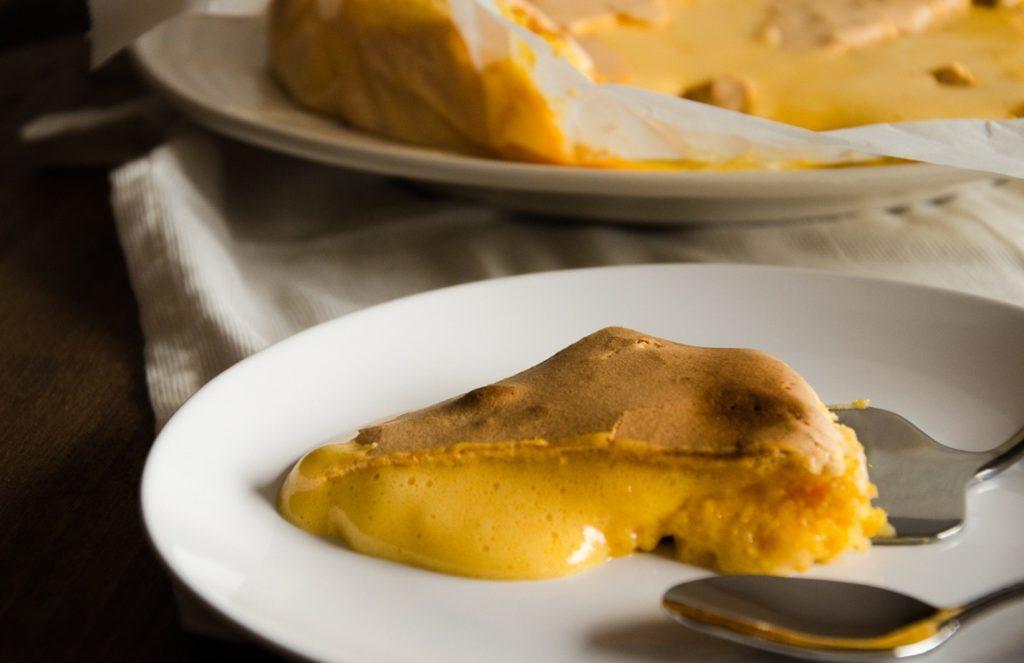 What to Eat
What to Eat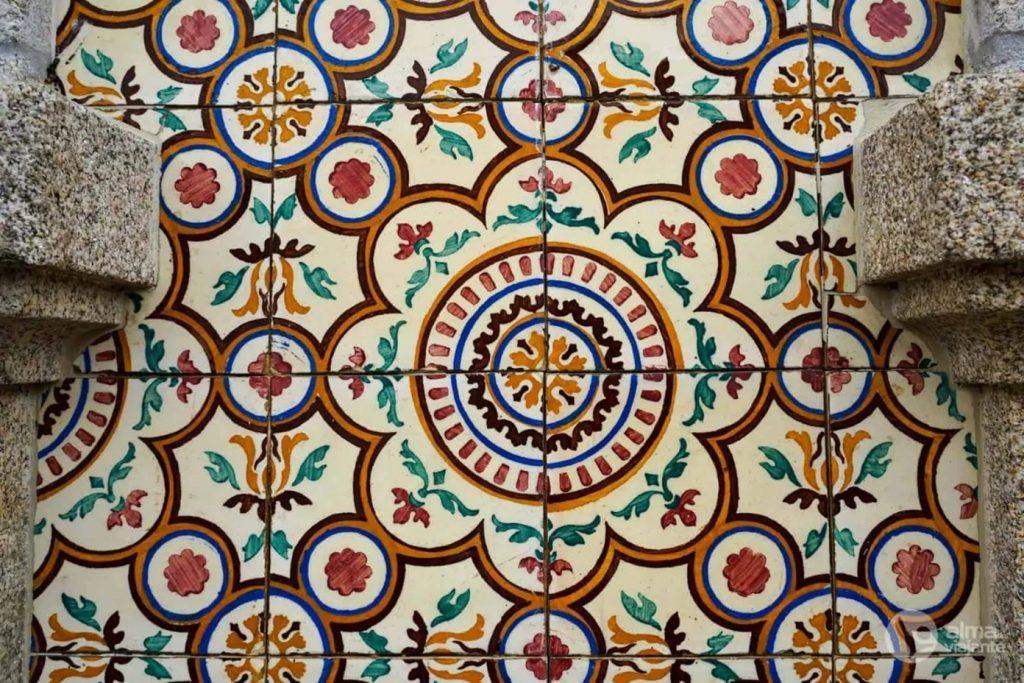 Final Word
Final Word
![boats docked near seaside promenade]](https://letusdiscover.com/wp-content/uploads/2025/03/prb-sjoubfs.jpg)
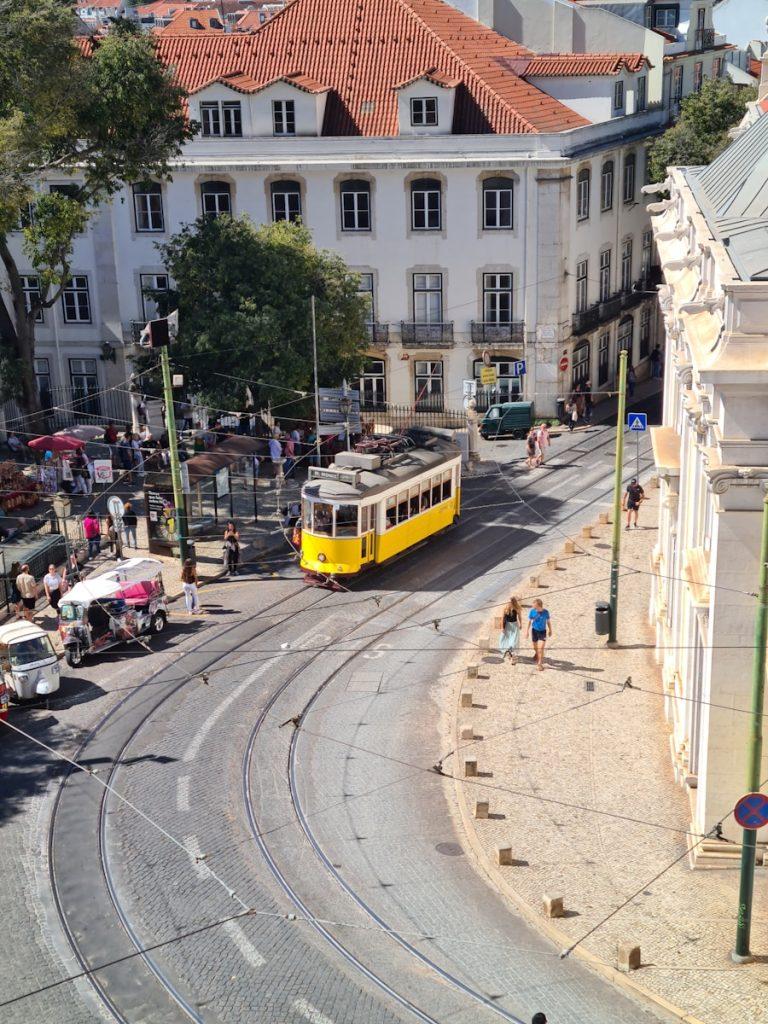 Portugal’s infrastructure is your ally. Trains (cp.pt): Lisbon-Porto Alfa Pendular (€43, 2.5 hrs) or Intercidades (€25, 3 hrs)—book online 60 days out for 40% off. Porto-Pinhão (€11.80) stuns with river views. Buses: Rede Expressos connects Évora (€12 from Lisbon) or Coimbra (€15 from Porto)—clean, punctual, Wi-Fi-equipped. Car Rental: €25-40/day via AutoEurope (e.g., Lisbon Airport pickup); a Fiat Panda handles Serra da Estrela’s twists, but park outside old towns (e.g., Óbidos’ €1/hr lots). Cities: Lisbon’s Viva Viagem card (€0.50, reload €1.50/ride) covers metro, trams, and Elevador da Glória. Porto’s Andante card (€0.60, €1.20/zone) is similar. Bolt rides average €5-8.
Portugal’s infrastructure is your ally. Trains (cp.pt): Lisbon-Porto Alfa Pendular (€43, 2.5 hrs) or Intercidades (€25, 3 hrs)—book online 60 days out for 40% off. Porto-Pinhão (€11.80) stuns with river views. Buses: Rede Expressos connects Évora (€12 from Lisbon) or Coimbra (€15 from Porto)—clean, punctual, Wi-Fi-equipped. Car Rental: €25-40/day via AutoEurope (e.g., Lisbon Airport pickup); a Fiat Panda handles Serra da Estrela’s twists, but park outside old towns (e.g., Óbidos’ €1/hr lots). Cities: Lisbon’s Viva Viagem card (€0.50, reload €1.50/ride) covers metro, trams, and Elevador da Glória. Porto’s Andante card (€0.60, €1.20/zone) is similar. Bolt rides average €5-8.


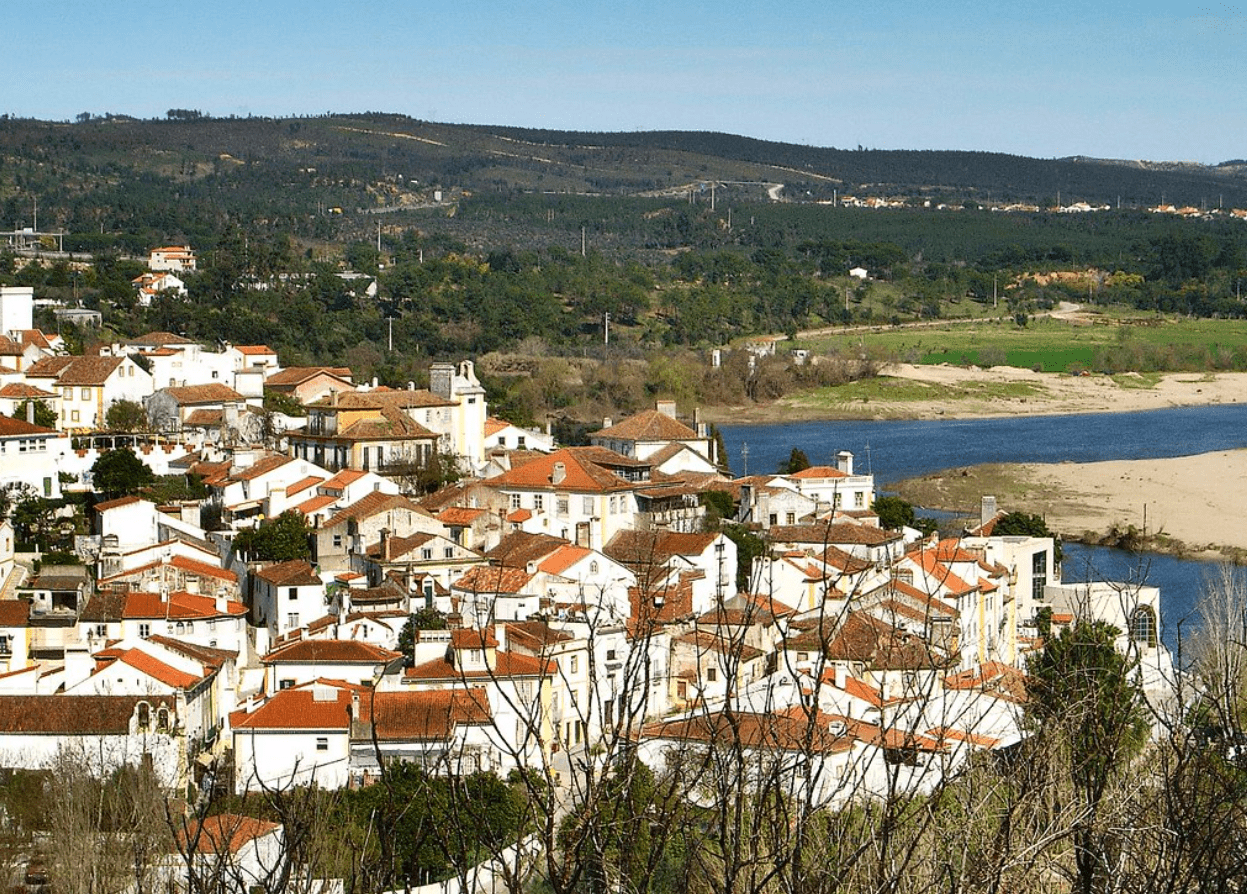
 Nestled at the confluence of the Zêzere and Tagus Rivers, Constância is a hidden gem in central Portugal, often referred to as the “Village of Poetry.” This charming riverside town enchants visitors with its rich history, scenic beauty, and echoes of Portugal’s literary past.
Nestled at the confluence of the Zêzere and Tagus Rivers, Constância is a hidden gem in central Portugal, often referred to as the “Village of Poetry.” This charming riverside town enchants visitors with its rich history, scenic beauty, and echoes of Portugal’s literary past.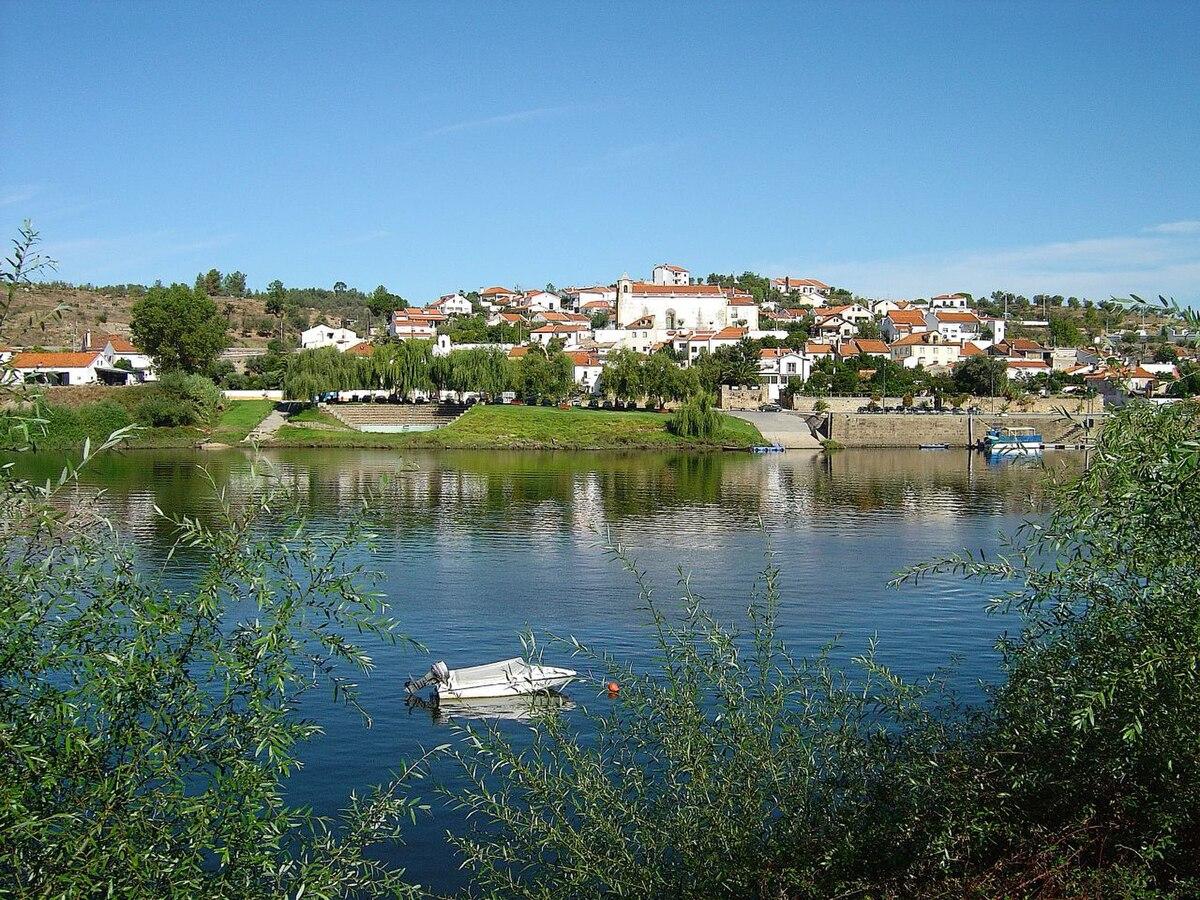 Embrace river life
Embrace river life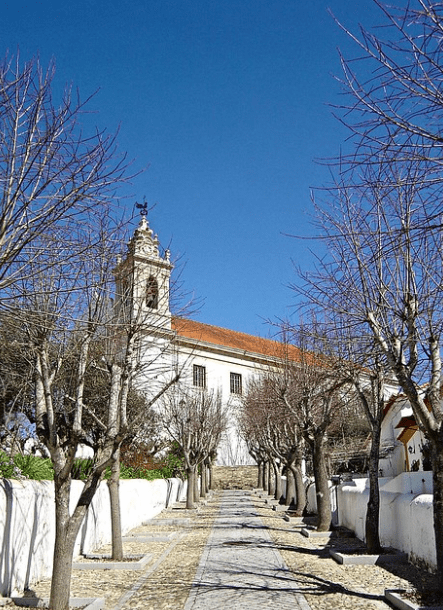 Fiestas and Traditions
Fiestas and Traditions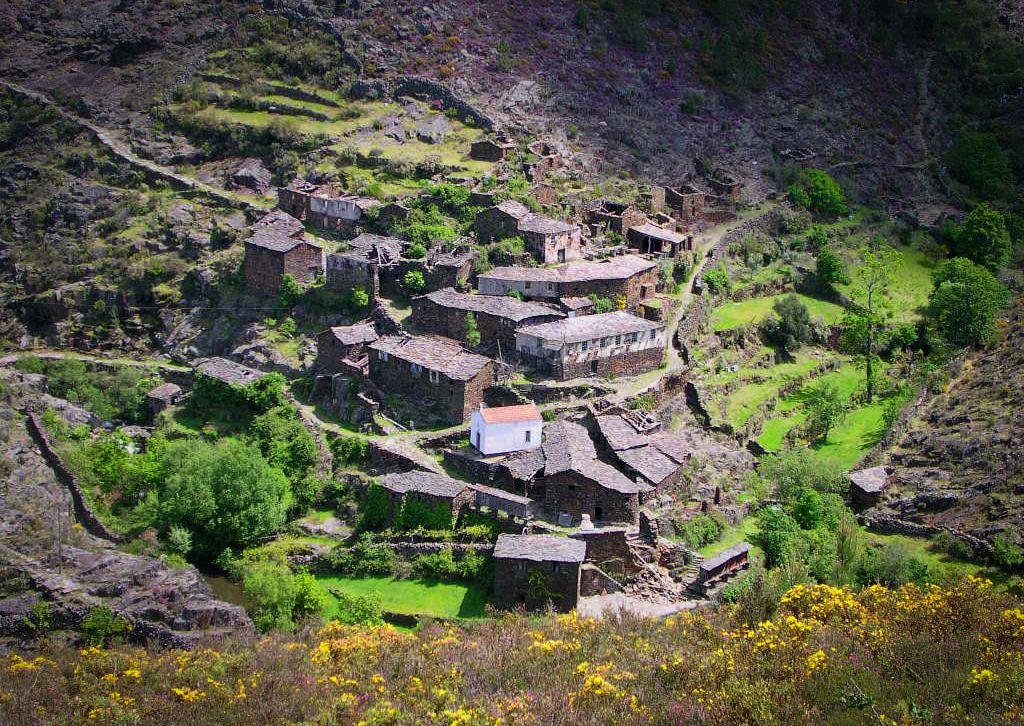

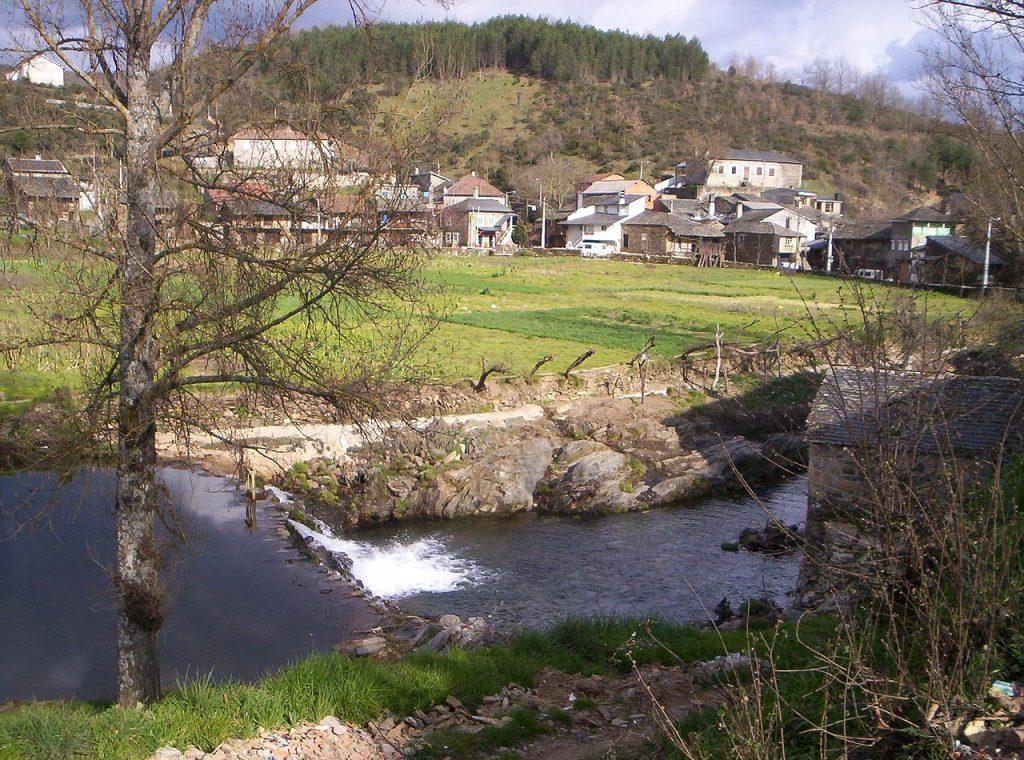
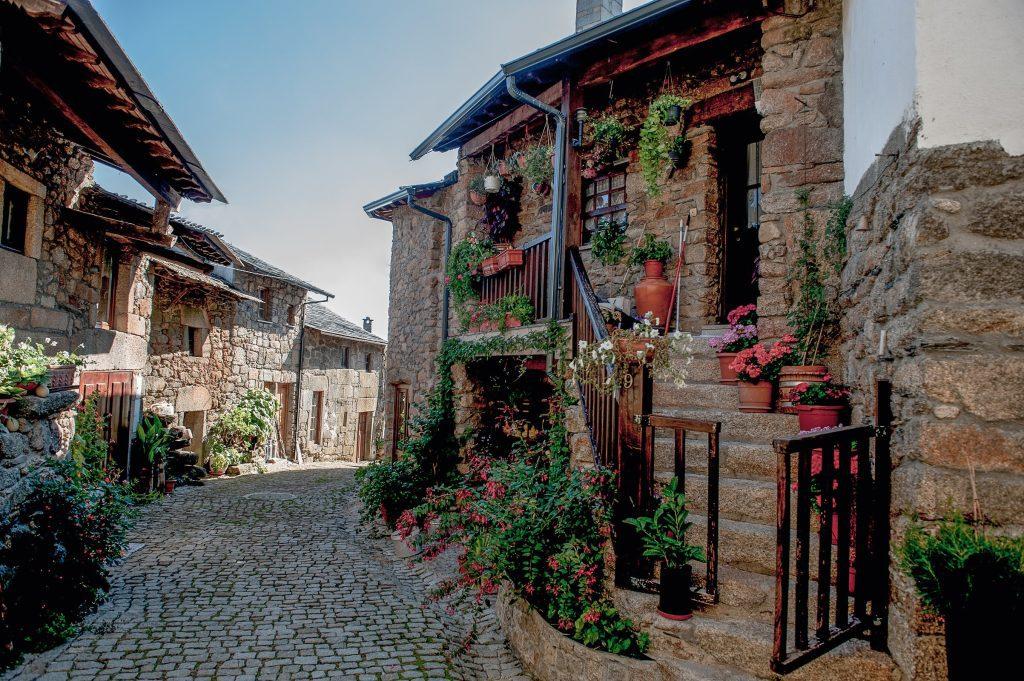
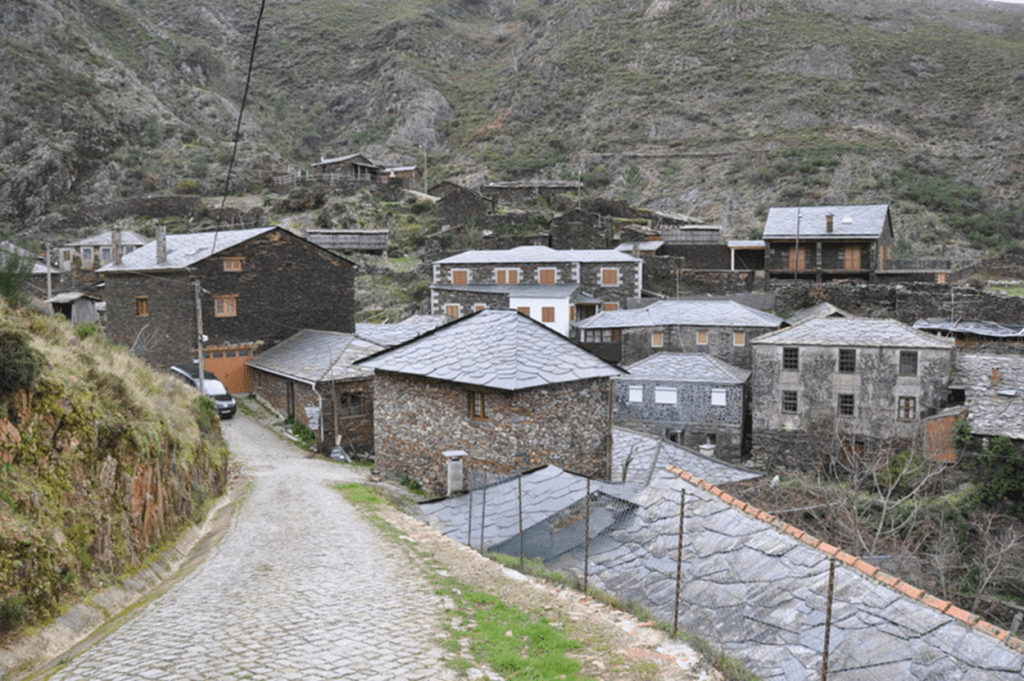

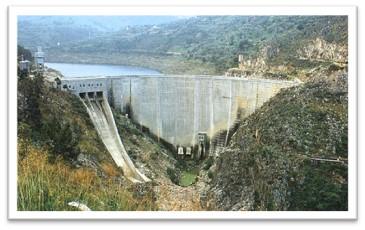




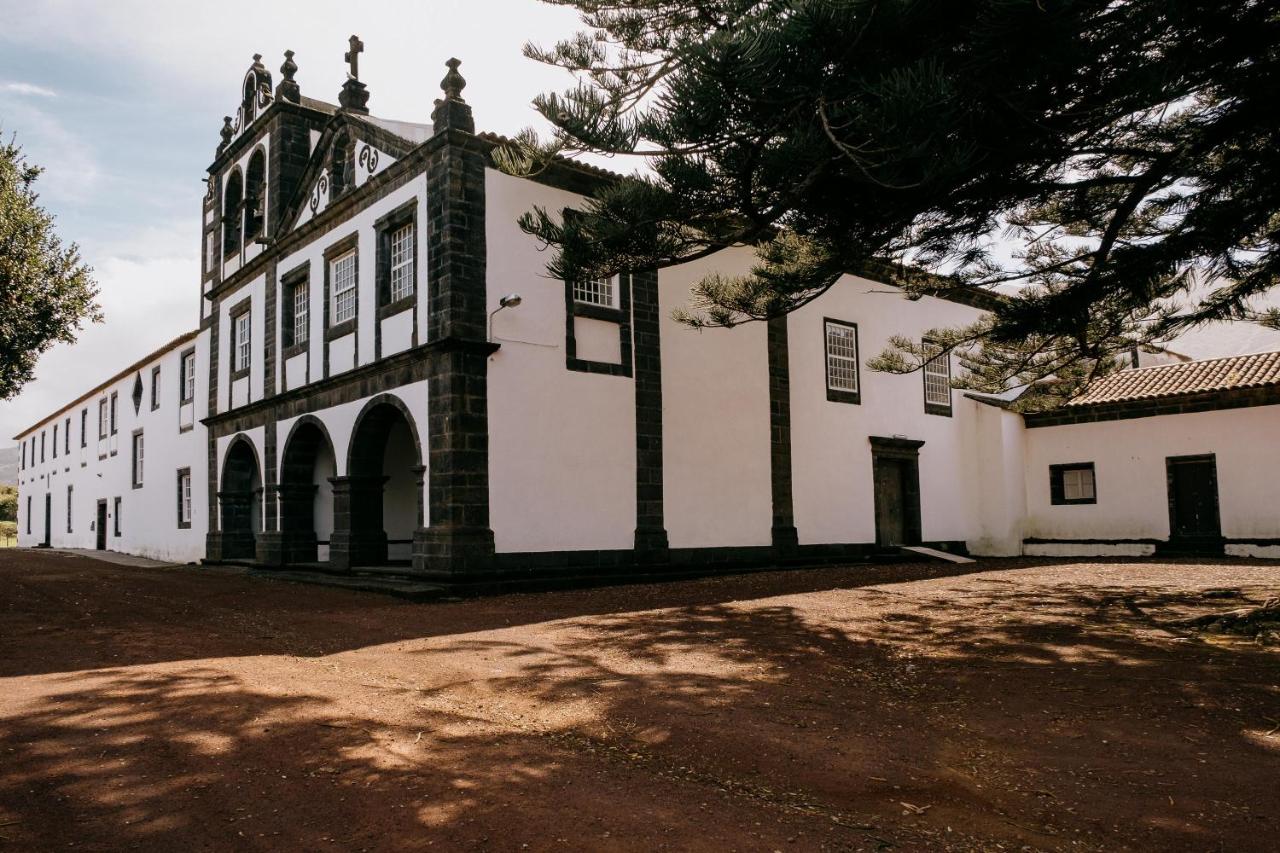










 Accommodation:
Accommodation: